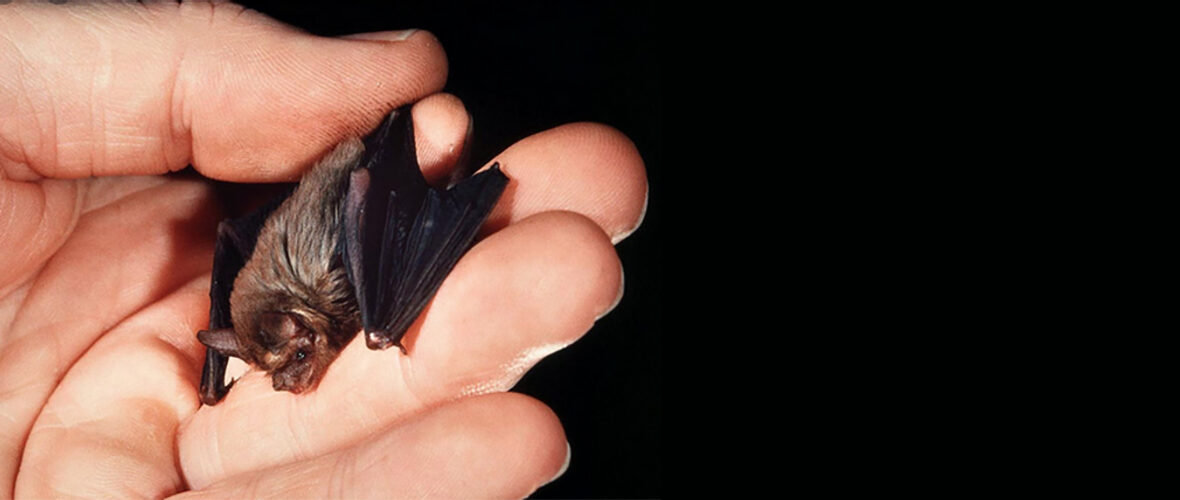
The bumblebee bat, aka Kitti’s hog-nosed bat or hognosed bat, is the smallest known species of bat in the world. They can only be found in western Thailand and southeast Myanmar. They dwell among limestone caves near rivers. Sadly, these avian mammals face the threats of habitat loss and destruction at the hands of mining, quarrying; recreational activities; and other human based disturbances. They are listed as Near Threatened by the IUCN. Their numbers are also decreasing.
First the Stats…
Scientific name: Craseonycteris thonglongyai
Weight: Up to .071 ounce
Length: Up to 1.3 inches
Wingspan: Up to 6.7 inches
Lifespan: Up to 10 years
Now on to the Facts!
1.) These bats are considered the smallest mammal by body length, whereas the Etruscan shrew is considered the lightest in body mass.
2.) Even though they can be seen in larger colonies, up to 500 individuals, the typical colony consists of up to 100 individuals.
3.) They are active for just 30 minutes at night and 20 minutes at dawn, making them both nocturnal (active at night) and crepuscular (active at dawn and dusk).
4.) These bats not only frequent limestone caves, but also dry evergreen or deciduous forests.
5.) Bumblebee bats also undergo a seasonal migration between cave locations.
But wait, there’s more on the bumblebee bat!
6.) Their diet consists of spiders, mosquitoes, and other various flying insects.
7.) It is estimated, though not proven, that females undergo up to a several week gestation that yields a single pup.
Did you know…?
These bats are the only extant species in the family Craseonycteridae.
8.) Prior to 1974 these bats were largely unknown to the world at large.
9.) Their common name is in reference to Thai zoologist Kitti Thonglongya.
10.) Like other insectivorous bats, they are a key species in that they control insect populations and subsequently insect borne diseases.
Now a Short Bumblebee Bat Video!
Be sure to share & comment below! Also, check out the Critter Science YouTube channel. Videos added regularly!
Want to suggest a critter for me to write about? Let me know here.
Some source material acquired from: Wikipedia & IUCN
Photo credit: It’s Nature



